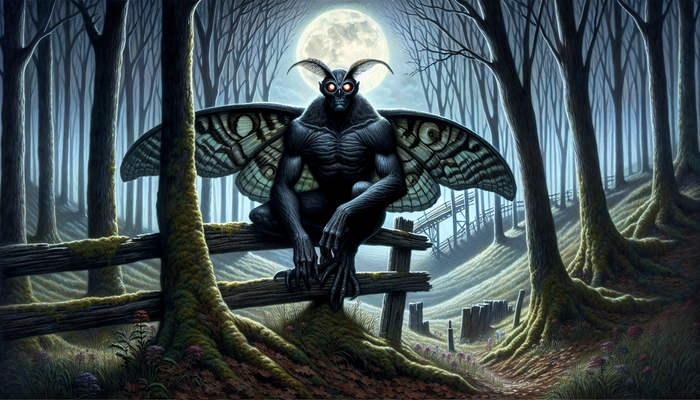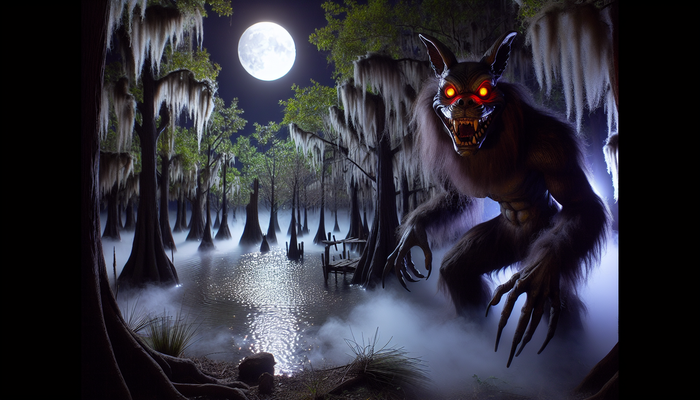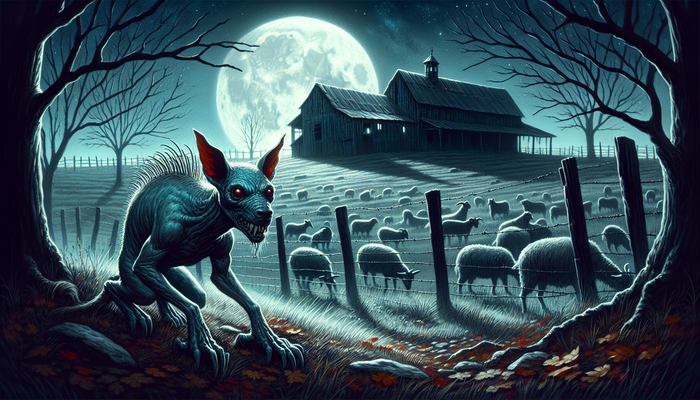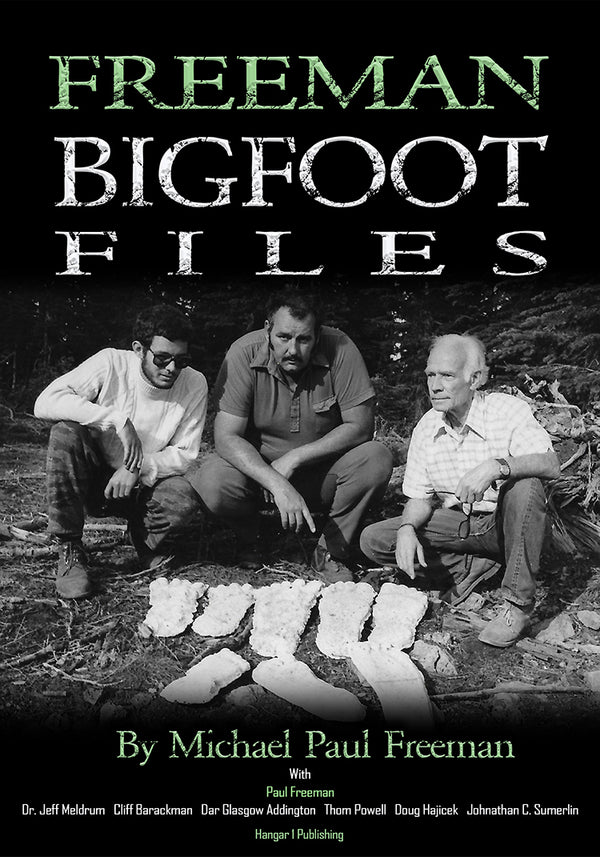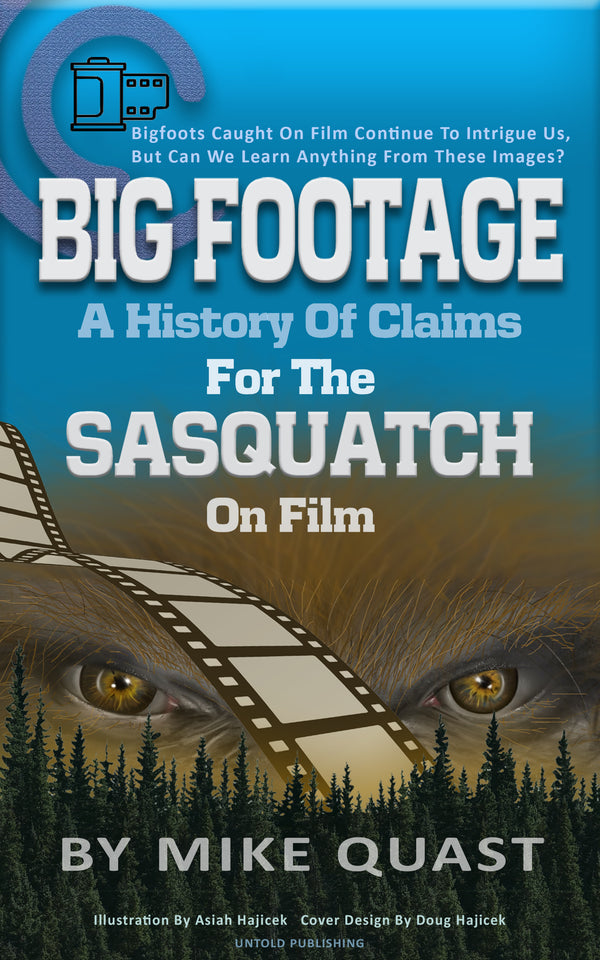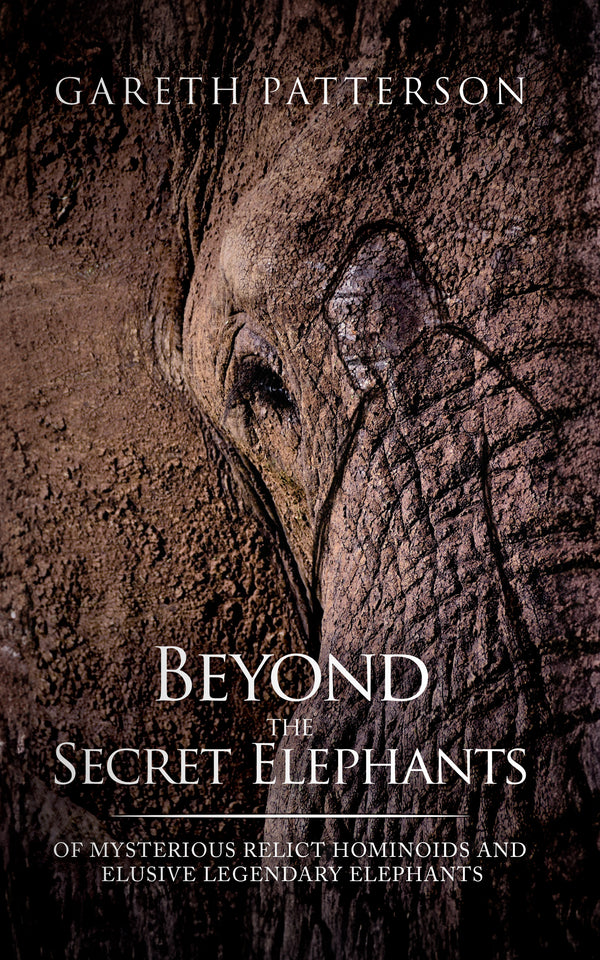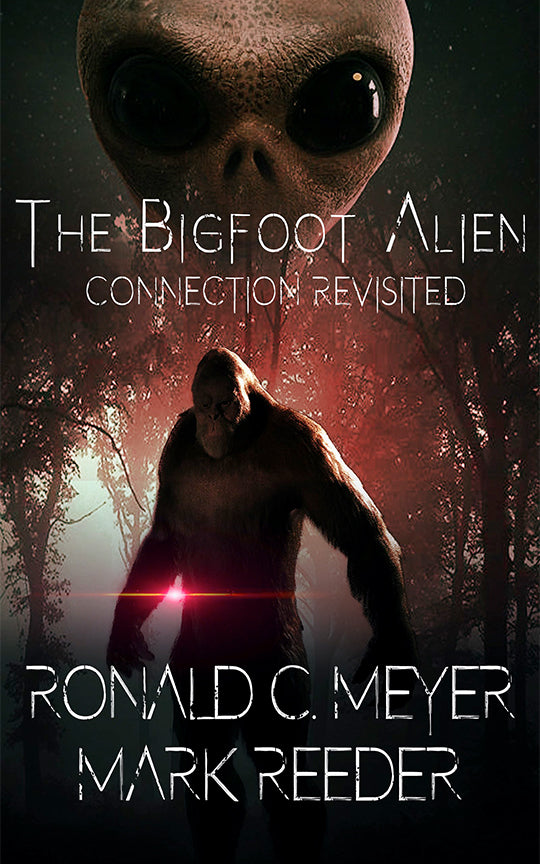Illinois Bigfoot Sightings
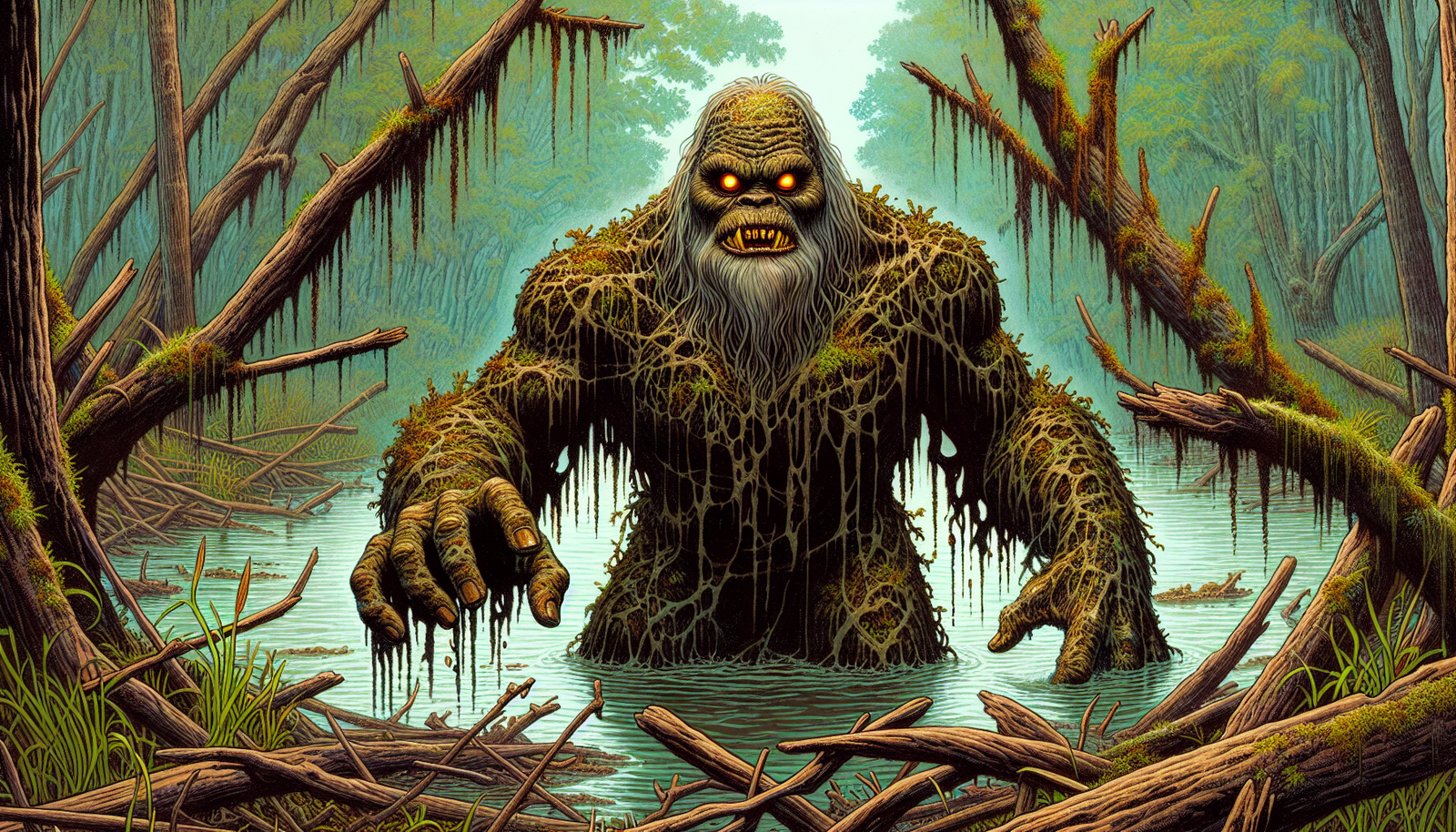
By Oliver Bennett, Cryptozoologist
Picture this: you're hiking through the lush, dense forests of Illinois, the sun dappling the ground through the canopy of leaves above. Suddenly, you hear a rustle in the underbrush, followed by a guttural growl that sends shivers down your spine. You turn, heart pounding, only to catch a fleeting glimpse of a towering, hairy, humanoid figure disappearing into the shadows. This is the stuff of legends, the domain of the elusive creature known as Bigfoot.
For decades, the Prairie State has been a hotbed of Bigfoot sightings, with hundreds of reports from eyewitnesses claiming to have encountered this mysterious being. These accounts have captured the public imagination, sparking heated debates about the creature's existence and the very nature of what we consider to be "real." As a researcher and scholar with a deep fascination for the unexplained, I have long been intrigued by the rich tapestry of Bigfoot lore woven throughout Illinois' history. Join me as we delve into the origins of these legends, explore the most compelling sightings, and examine the enduring cultural impact of Bigfoot on the Land of Lincoln.
The Origins of Bigfoot in Illinois
The roots of the Bigfoot legend in Illinois can be traced back to the early 1900s, when the first documented encounter with a Bigfoot-like creature occurred in the small town of Elizabeth. In 1929, local newspapers reported on a "great gorilla hunt" that had the community in an uproar. Residents had spotted a "huge Simian" creature roaming the area, prompting a frenzied search for the unidentified animal. Although the identity of the creature was never conclusively determined, this incident marked the beginning of Illinois' long and storied history with Bigfoot.
As the decades passed, sightings of large, hairy, humanoid creatures continued to trickle in from various corners of the state. In 1965, a witness in Oregon, Illinois, reported hearing a screaming creature that repeatedly hit the sides of their trailer. Fast forward to 1994, when a resident of New Milford, Illinois, claimed to have seen a tall, slender creature with large eyes watching them from behind a tree. These early accounts laid the foundation for what would become a veritable explosion of Bigfoot activity in the 1970s.
The 1970s: Illinois' Bigfoot Boom
The 1970s marked a turning point in Illinois' Bigfoot history, with a series of high-profile cases that thrust the creature into the national spotlight. In 1970, the town of Farmer City was gripped by a series of sightings of a large, black creature with glowing yellow eyes, dubbed the "Farmer City Monster." Dozens of witnesses reported encountering the beast, prompting the local police chief to take the drastic step of closing off the area. Eventually, the creature seemed to move on, but not before leaving an indelible mark on the community's collective psyche.
Just two years later, another Bigfoot-like creature emerged in the Pekin and Peoria areas, known as the "Cole Hollow Road Monster" or "Cohomo." This tall, white, hairy being was said to be living in an abandoned house, and its presence sparked hundreds of reports from frightened residents. The search for Cohomo became so intense that it even resulted in a volunteer accidentally shooting himself during the hunt. Despite the massive effort to track down the creature, it remained elusive, vanishing into the annals of Illinois Bigfoot lore.
Perhaps the most infamous case of the 1970s Bigfoot boom was the "Murphysboro Mud Monster" of 1973-1974. It all began when a young couple spotted a large, mud-covered creature near the Big Muddy River in Murphysboro. This sighting unleashed a wave of similar reports, with witnesses describing a beast over 7 feet tall, weighing around 300 pounds, with piercing red eyes and yellow teeth. The Murphysboro Mud Monster quickly gained national media attention, cementing its place as one of the most compelling Bigfoot cases in Illinois history.
Bigfoot Sightings Across Illinois
While the 1970s may have been the peak of Bigfoot activity in Illinois, sightings have continued to pour in from across the state in the decades since. According to the Bigfoot Field Researchers Organization (BFRO), Illinois ranks an impressive 5th in the nation for the number of "credible" Bigfoot sightings, with over 300 reported incidents on record.
Some of the most notable encounters in recent years include:
- A 2003 sighting in Pearl City, where a witness described a 7.5-foot-tall creature with a pointed head and huge shoulders, leaving behind 16-17 inch footprints.
- In 2008, a hiker in Algonquin claimed to have seen an 8-foot-tall, 300-pound Bigfoot-like creature along the Prairie Path.
- In 2011, a Kane County resident discovered a trail of 16-inch footprints leading from a rural driveway into the woods.
- In 2013, a Lake in the Hills homeowner reported a nighttime sighting of a muscular, grey-blackish creature standing between 7 and 7.5 feet tall.
Interestingly, certain regions of Illinois seem to be particularly prone to Bigfoot activity. The Shawnee National Forest in the southern part of the state has long been considered a hotspot, as have the areas along the Illinois River. Counties like Madison, Macoupin, Saline, and Sangamon have also generated a significant number of reports over the years, suggesting that these locations may be home to thriving Bigfoot populations.
The Murphysboro Mud Monster: A Lasting Legacy
Of all the Bigfoot cases in Illinois history, none has left a more enduring legacy than that of the Murphysboro Mud Monster. This creature, first spotted near the Big Muddy River in 1973, has become a true icon of the state's cryptozoological landscape.
The initial sighting, reported by a young couple, described a 7-foot-tall, 300-pound, mud-covered creature with glowing red eyes and yellow teeth. This encounter sparked a wave of similar reports, with the Murphysboro police department receiving hundreds of calls from frightened residents. The story quickly gained national attention, with even the New York Times covering the unfolding drama.
In the decades since, the Murphysboro Mud Monster has become deeply ingrained in the local culture and identity. The city has embraced the creature as its unofficial mascot, erecting a bronze statue in its honor and hosting an annual "Big Muddy Monster Festival" to celebrate the legend. Local businesses have also capitalized on the Mud Monster's fame, offering themed merchandise and attractions.
Beyond its cultural impact, the Murphysboro Mud Monster case has also captured the attention of serious Bigfoot researchers. Investigators from the BFRO have studied the case extensively, interviewing witnesses and examining the available evidence. While conclusive proof of the creature's existence remains elusive, the Murphysboro Mud Monster is widely regarded as one of the most compelling and well-documented Bigfoot sightings in Illinois history.
The Shawnee National Forest: A Bigfoot Hotspot
Nestled in the southern reaches of Illinois lies the Shawnee National Forest, a vast, rugged wilderness of dense forests, winding rivers, and remote terrain. This sprawling expanse has long been rumored to be a haven for Bigfoot, with countless sightings and encounters reported over the years.
The Shawnee National Forest first gained notoriety as a Bigfoot hotspot in the 1970s, when a series of terrifying encounters put the area on the cryptozoological map. In 1973, a young couple camping near the Big Muddy River reported being stalked by a large, hairy, foul-smelling creature that prowled around their campsite for hours. The following year, a group of people near the Iron Furnace area claimed to have been pelted with large rocks by an unseen Bigfoot-like assailant.
These early reports helped to establish the Shawnee National Forest as a prime location for Bigfoot activity, and the sightings have continued to mount in the decades since. In 2009, a camper hiking with their father reported seeing a pair of large, glowing eyes peering at them from the darkness, belonging to a creature that quickly vanished into the woods. More recently, in 2021, a witness in Hardin County, which encompasses part of the Shawnee National Forest, described seeing a large, black/brownish, upright creature emerge from the treeline and cross the road in front of them.
Researchers believe that the Shawnee National Forest's unique combination of dense forests, abundant wildlife, and relative isolation make it an ideal habitat for Bigfoot. The presence of numerous waterways, such as the Big Muddy River, may also be a draw for the creature, as Bigfoot is often associated with riparian environments.
Interestingly, the Shawnee National Forest's Bigfoot legacy has also manifested in the form of quirky roadside attractions and local festivals. In the small community of Karbers Ridge, visitors can pose for photos with "Sassy," a 7-foot-tall concrete Bigfoot statue that has become a popular local landmark. And in the nearby town of Harrisburg, the annual "Shawnee Sasquatch Festival" celebrates the region's rich Bigfoot lore with music, carnival rides, and other festivities.
The Cole Hollow Road Monster: A Pekin/Peoria Phenomenon
While the Murphysboro Mud Monster may be the most famous Bigfoot-like creature to emerge from Illinois, it is far from the only one. In the spring of 1972, the Pekin and Peoria areas were gripped by a series of sightings of a tall, white, hairy being that came to be known as the "Cole Hollow Road Monster," or "Cohomo."
The first reports described a creature that was believed to be living in an abandoned house near Cole Hollow Road. On May 25, 1972, the Pekin and East Peoria police departments were inundated with over 200 calls from residents who claimed to have seen the beast, with some even reporting that it had destroyed a fence.
The search for Cohomo quickly escalated into a massive community effort, with over 100 volunteers joining the hunt for the elusive creature. However, the search took a dangerous turn when one of the volunteers accidentally shot himself in the leg with his own weapon. Despite this setback, the police and the community remained determined to get to the bottom of the mystery.
The last confirmed sighting of the Cole Hollow Road Monster occurred on July 27, 1972, when two witnesses reported seeing the creature swimming in the Illinois River. They described it as a "cross between an ape and a caveman," noting its powerful odor.
While the Cole Hollow Road Monster may have faded from the headlines, it remains one of the most intriguing and well-documented Bigfoot-like creatures in Illinois history. The sheer volume of sightings, the involvement of local law enforcement, and the physical evidence left behind, such as the destroyed fence, all lend credence to the idea that something strange was indeed afoot in the Pekin and Peoria areas in the spring and summer of 1972.
Interestingly, the Cole Hollow Road Monster case also features some unusual paranormal elements that set it apart from more typical Bigfoot sightings. One witness reported seeing a set of strange lights that seemed to descend vertically from the sky and land behind some trees in the area where the creature was active. This has led some researchers to speculate about a possible connection between the Cole Hollow Road Monster and unexplained aerial phenomena, adding an extra layer of intrigue to an already fascinating case.
Bigfoot Sightings and the Paranormal Connection
While the majority of Bigfoot sightings in Illinois can be attributed to encounters with a large, hairy, bipedal creature that seems to be flesh and blood, some cases have included intriguing paranormal elements that have led researchers to question the true nature of the beast.
One such case is the "Enfield Horror" of 1973-1974, which occurred in the small town of Enfield in southern Illinois. In this bizarre incident, a young boy reported being attacked by a deformed, three-legged creature with pink eyes, grey slimy skin, and short claws. Later that same evening, the creature was spotted trying to break into a neighbor's home, leading to a report of gunshots being fired at the mysterious intruder.
What makes the Enfield Horror case particularly interesting is that the sightings were also linked to reports of UFO activity in the area around the same time. This has led some researchers to speculate about a possible connection between Bigfoot-like creatures and unexplained aerial phenomena, a link that has been noted in other parts of the country as well.
Another Illinois case that features paranormal elements is the aforementioned Cole Hollow Road Monster incident from 1972. As previously noted, one witness reported seeing a set of strange lights that seemed to descend from the sky and land behind some trees in the area where the creature was active. This odd detail has fueled speculation that the Cole Hollow Road Monster may have been more than just a physical creature, and could possibly be connected to other unexplained phenomena.
These paranormal aspects of certain Illinois Bigfoot cases have led some researchers to propose that the creatures may not be entirely flesh and blood, but could instead be interdimensional beings or even shape-shifters. Some fringe theorists have suggested that Bigfoot could be a sort of portal or conduit between our world and other realms, explaining its elusive nature and the strange phenomena that sometimes accompany its appearances.
However, it is important to note that mainstream science remains highly skeptical of such claims, and the evidence for a paranormal connection to Bigfoot is largely anecdotal and circumstantial. While these unusual elements certainly add an extra layer of intrigue and mystery to the Illinois Bigfoot phenomenon, they should be approached with a healthy dose of caution and critical thinking.
Ultimately, the presence of paranormal aspects in some Illinois Bigfoot cases serves to highlight the complex and multifaceted nature of the phenomenon, and the many unanswered questions that still surround these enigmatic creatures. Whether Bigfoot is a purely physical animal, a paranormal entity, or something in between, the search for answers continues to captivate researchers and enthusiasts alike.
From Bigfoot to UFOs: Hangar 1 Publishing Has You Covered!
Explore Untold Stories: Venture into the world of UFOs, cryptids, Bigfoot, and beyond. Every story is a journey into the extraordinary.
Immersive Book Technology: Experience real videos, sights, and sounds within our books. Its not just reading; its an adventure.


